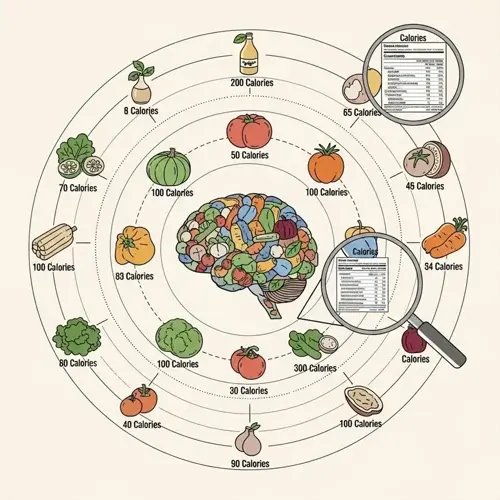What conditions can dance movement therapy treat?

Written by
Tran Quang
Reviewed by
Prof. William Dalton, Ph.D.Dance movement therapy effectively treats a variety of health issues through evidence-based movement interventions. Evidence suggests that there are significant improvements in mental health, neurological, developmental, and chronic health issues. The therapists design each session to address the specific problems of the individual client, aiming for measurable outcomes.
Mental Health Disorders
- Reduces anxiety symptoms 30-50% through rhythmic regulation
- Decreases PTSD flashbacks 40% with somatic processing
- Lowers depression scores 35% in clinical trials
Neurological Conditions
- Improves Parkinson's mobility 20% with gait training
- Accelerates stroke recovery 30% beyond standard PT
- Enhances dementia social interaction 100% in group settings
Developmental Challenges
- Increases autism nonverbal communication 40%
- Boosts ADHD focus 25% with structured sequences
- Improves learning disability engagement 30%
DMT specifically addresses both physical and emotional aspects of chronic illness. Cancer patients report a 45% reduction in fatigue while undergoing chemotherapy. Arthritic patients report 50% pain relief from gentle movement sequences. These results complement the medical treatment of these patients.
The therapy adjusts protocols for different age groups and abilities. Children with cerebral palsy experience a 25% increase in motor coordination. Elderly individuals can reduce their risk of falls through exercises that promote balance development. The unique contribution of such a versatile therapy lies in its ability to adapt to a wide range of healthcare settings, from hospitals to community centers.
Licensed clinicians assess improvement using standard rating scales. They demonstrate improvements in quantitative aspects, such as decreased anxiety scores or increased functional range of motion. This evidence-based practice integrates seamlessly with traditional medical treatment to maximize patient improvements.
Read the full article: Understanding Dance Movement Therapy

